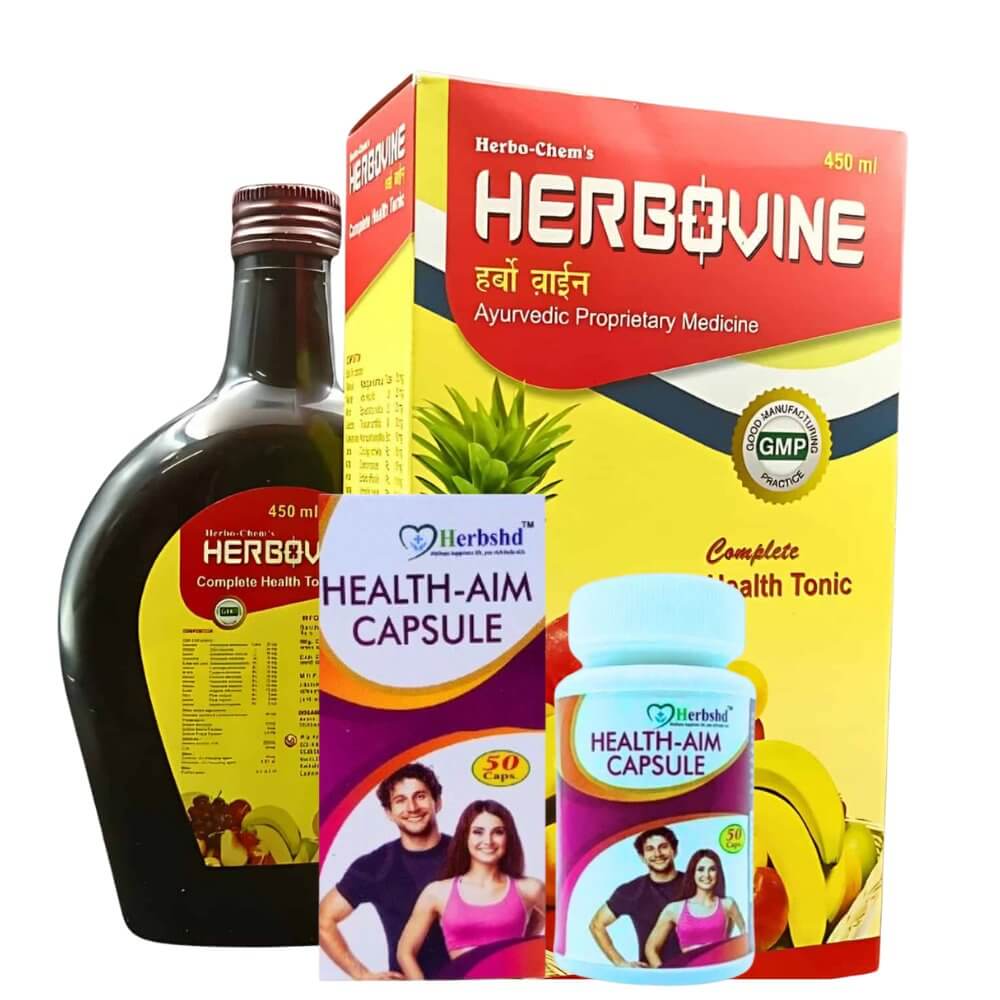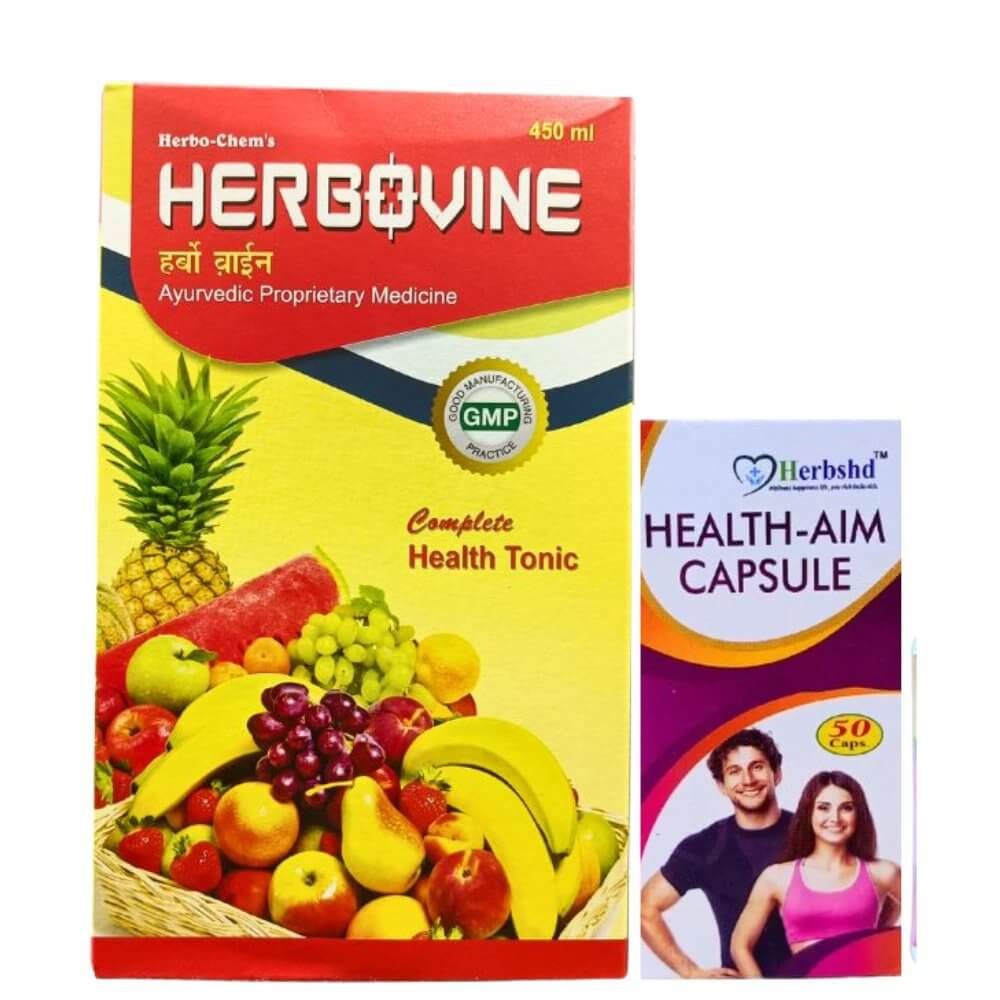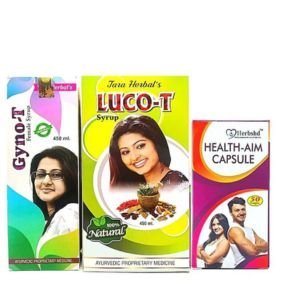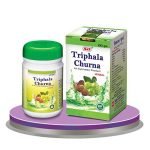Fiber is the part of , vegetables and grains that our stomach cannot digest. Although these parts of food do not carry calories, vitamins or minerals, they play a very important role in the digestive process. Fiber also has a special role in preventing problems like overweight, constipation, heart disease, high blood pressure, diabetes and piles.
Here are the benefits of fiber- foods, a list of high-fiber foods, and some suggestions for eating fiber- foods.
How Fiber Works
There are two types of fiber—soluble and insoluble. Both types of fiber need to be included in our daily diet.
1. Soluble fiber: This type of fiber dissolves in water and forms a 'gel' like substance after consumption. This substance slows down the digestion of food, so the stomach remains full for a long time.
Some good sources of soluble fiber are:
- Dal
- vegetables
- Oats and barley
- Foods like beans, peas and beans
2. Insoluble fiber: This type of fiber does not dissolve in water after consumption. They remain intact as they pass through the various stages of digestion inside the digestive tract. Insoluble fiber helps soften the stool by absorbing water.
Also it increases stool volume. As a result, faeces can easily leave the body. Thus it prevents constipation and helps regular bowel movement.
Some good sources of insoluble fiber are:
- Whole grain foods
- red flour
- nuts
Benefits of fiber foods
Consuming enough fiber or fibrous foods is necessary to stay healthy. How fiber plays an important role in our body—
Helps maintain a healthy weight
Prevents constipation
Helps reduce the risk of various diseases of the digestive system. For example: piles , irritable bowel syndrome and diverticulitis
Controls blood cholesterol levels
Helps control blood sugar
Reduces the risk of diseases like diverticular disease
Role of dietary fiber in controlling high blood pressure and diabetes
Fiber removes harmful blood cholesterol from the bloodstream and flushes it out of the body through the bowels and lowers blood cholesterol levels.
If it is controlled in this way, the possibility of cholesterol accumulation inside blood vessels and obstruction of blood flow is. As a result, the risk of heart attack and other heart diseases, high blood pressure and blood vessel diseases is.
Besides lowering cholesterol, fiber also plays a role in controlling blood sugar. Sugar is by breaking down starchy foods in the process of digestion. Fiber- foods slow down this process and prevent sudden spikes in blood sugar. Thus, fiber- foods reduce the risk of diabetes .
Fiber intake is also linked to mental health. It can have an adverse effect on mental health, especially if you suffer from constipation or other digestive problems for a long time.
So to keep these diseases away, eat more fibrous food. In this way it will be possible to avoid restlessness, anxiety and insomnia caused by various health problems .
How much fiber should be daily?
The amount of fiber that should be included in the daily diet according to age is given in the table below-
| age | How much fiber should be daily |
|---|---|
| 2–5 years | 15 grams |
| 5–11 years | 20 grams |
| 11–16 years | 25 grams |
| 17 years and above | 30 grams |
List of fiber foods
Broccoli
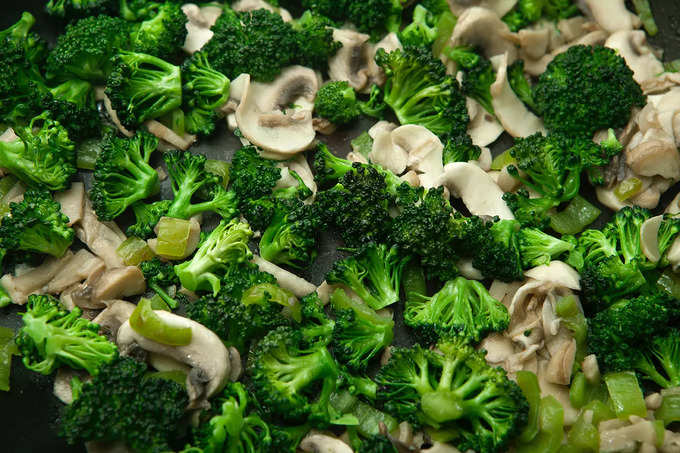
This green vegetable is in both fiber and vitamin C. According to research, broccoli contains five grams of fiber per cup. Toss with a little oil and garlic to enjoy this delicious vegetable.
Spinach
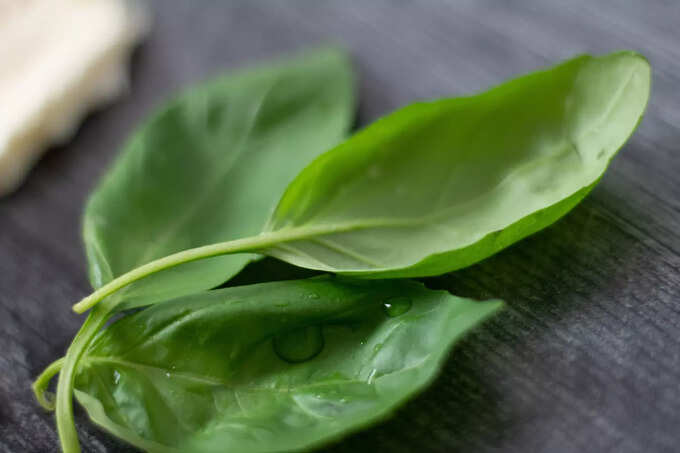
Eating spinach improves eye health. This vegetable helps reduce oxidative stress and lower blood pressure. It contains insoluble fiber, which improves health.
Green Peas
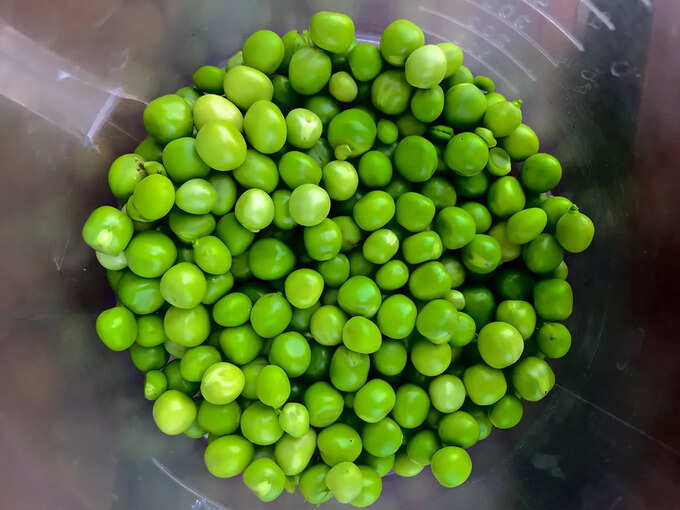
Green pulses are as nutritious as they are delicious. It is in fiber, iron and vitamins A and C. The best part is that it's easy to make.
Ladies Finger
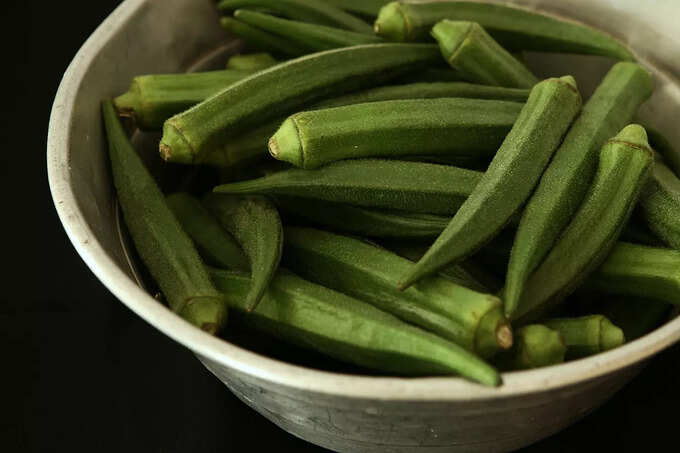
This green vegetable is a vegetable in nutrients. It is considered a good source of calcium, potassium, carbohydrates, proteins, vitamins, enzymes and many other minerals. Due to its high fiber content, okra can help cleanse the bowels.
Gourd

Many people do not like this vegetable, but we tell you that it is a good source of calcium, vitamin A and K. It can be used to make both sweet and savory items. This vegetable is an excellent option for those who want to lose weight.
Four important tips about fiber- foods
1. Drink more water and liquid food
Fiber absorbs water to soften the stool and ease bowel movements. So for the fiber to work properly, you need to drink enough water every day.
Try to drink 6-8 glasses, i.e. at least 2 liters of water at regular intervals every day. Milk, tea and coffee will all be included in this amount. However, to keep the body healthy, one should practice eating low-fat milk and tea-coffee without sugar.
2. The amount of fiber should be increased gradually.
The intake of fiber should not be increased irregularly or unplanned. Avoid the habit of eating too much fiber one day and too little the next.
Suddenly increasing the amount of fiber in the diet can lead to flatulence. Apart from this, various complications can occur including flatulence, upset stomach and severe pain in the lower abdomen. Therefore, gradual changes in diet should be introduced. Once a habit is formed, just try to make another change.
For example, if you ate just one yesterday, try eating two today. Eat some nuts with it. If you don't want to eat cooked vegetables, you can start eating salad by cutting tomatoes, cucumbers, carrots with rice.
3. Regular exercise should be done
Those who exercise regularly are less likely to suffer from constipation. Keeping the body active helps keep the stool soft. Regular exercise keeps the digestive tract muscles active. This makes the stool easier to pass.
Exercise should be done for some time every day. Try to get at least 150 minutes of moderate exercise a week. Moderate physical activity includes—brisk walking, cleaning the house, and swimming. Alternatively, try vigorous exercise such as cycling, playing football or basketball for 75 minutes a week.
4. Look out for fiber content when buying
The amount of fiber per 100 grams is indicated on the packet or container of many foods.
It is not necessary to count fiber per gram. But being of this will make it easier to make healthy decisions while buying and eating food.


